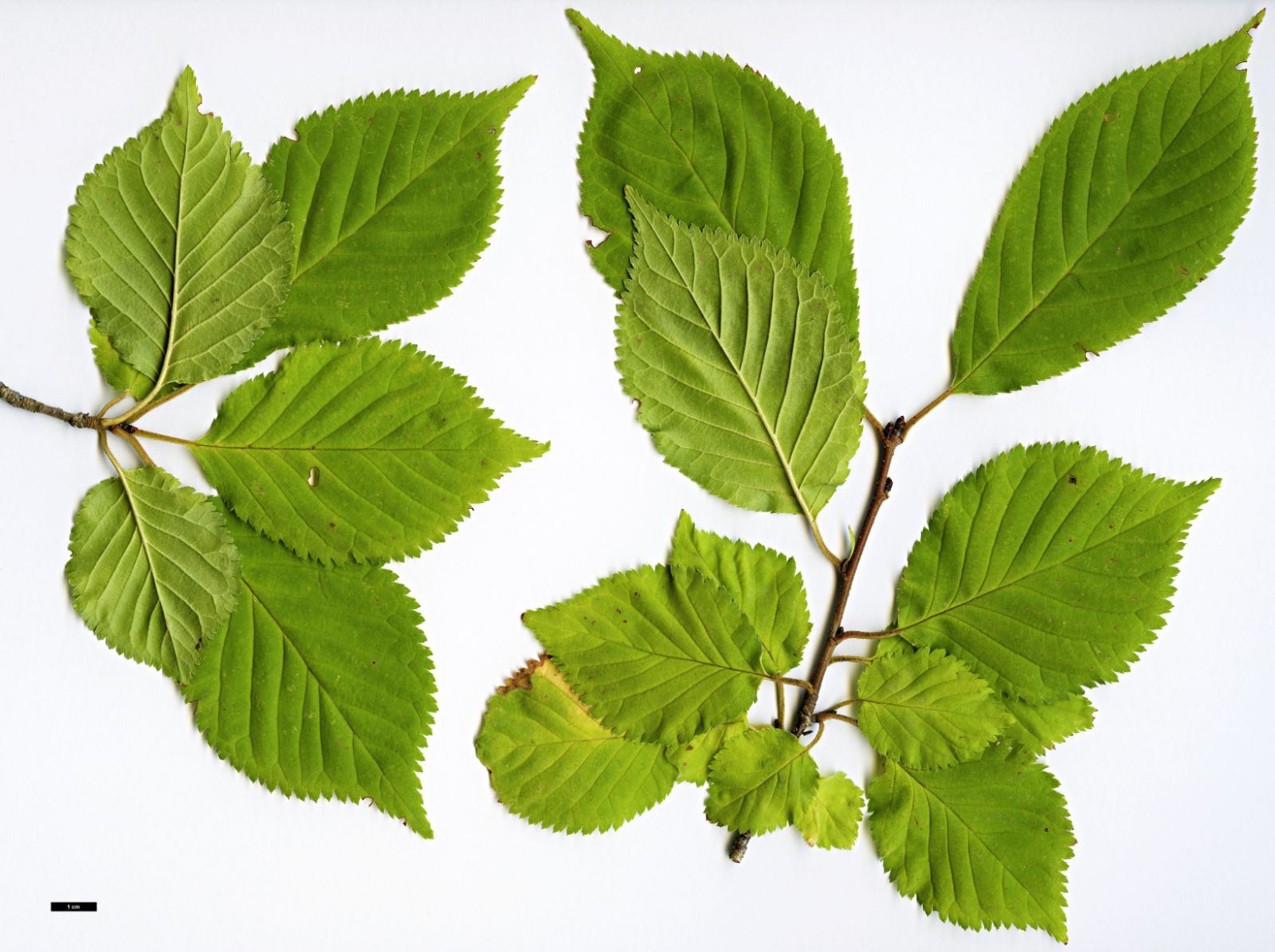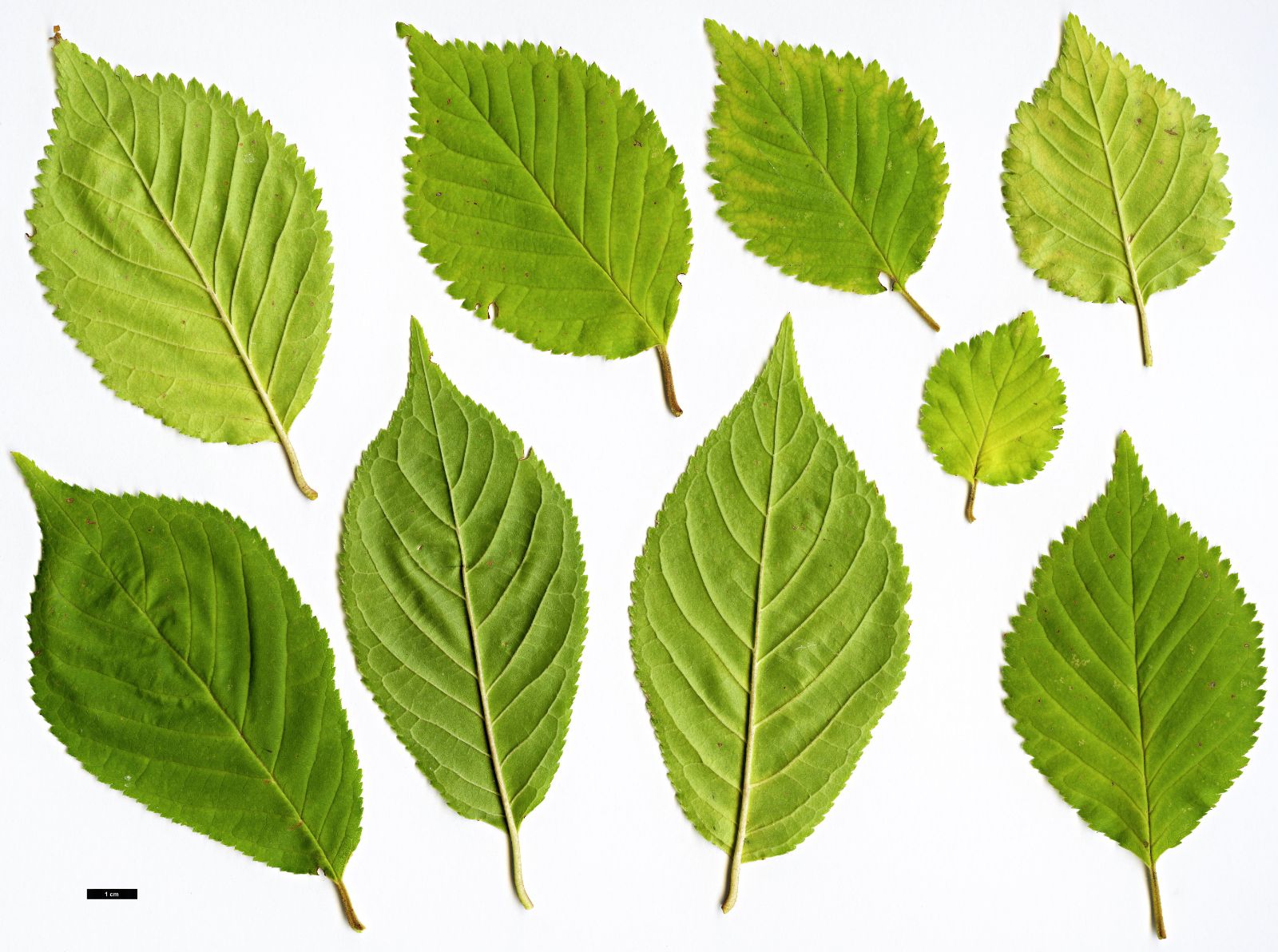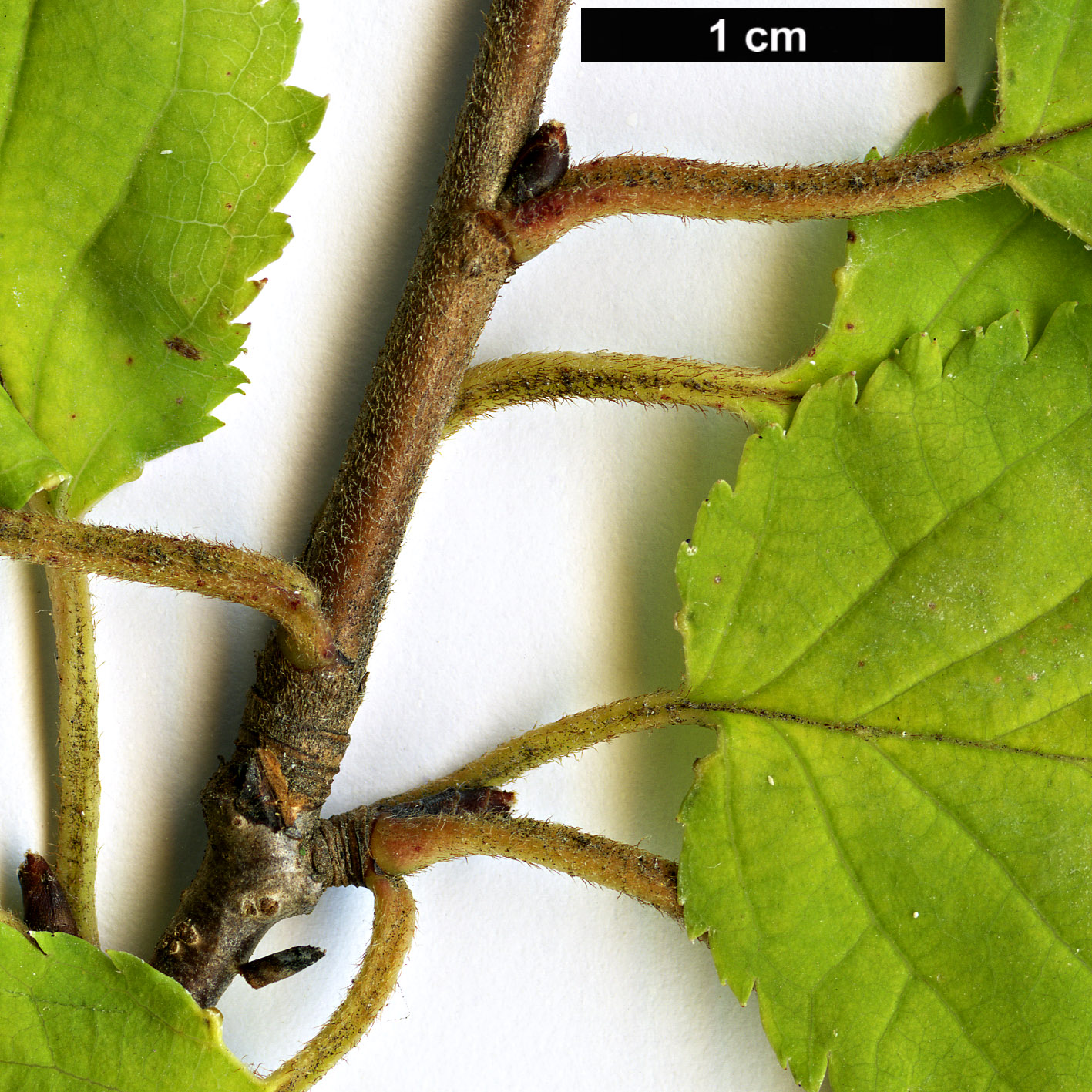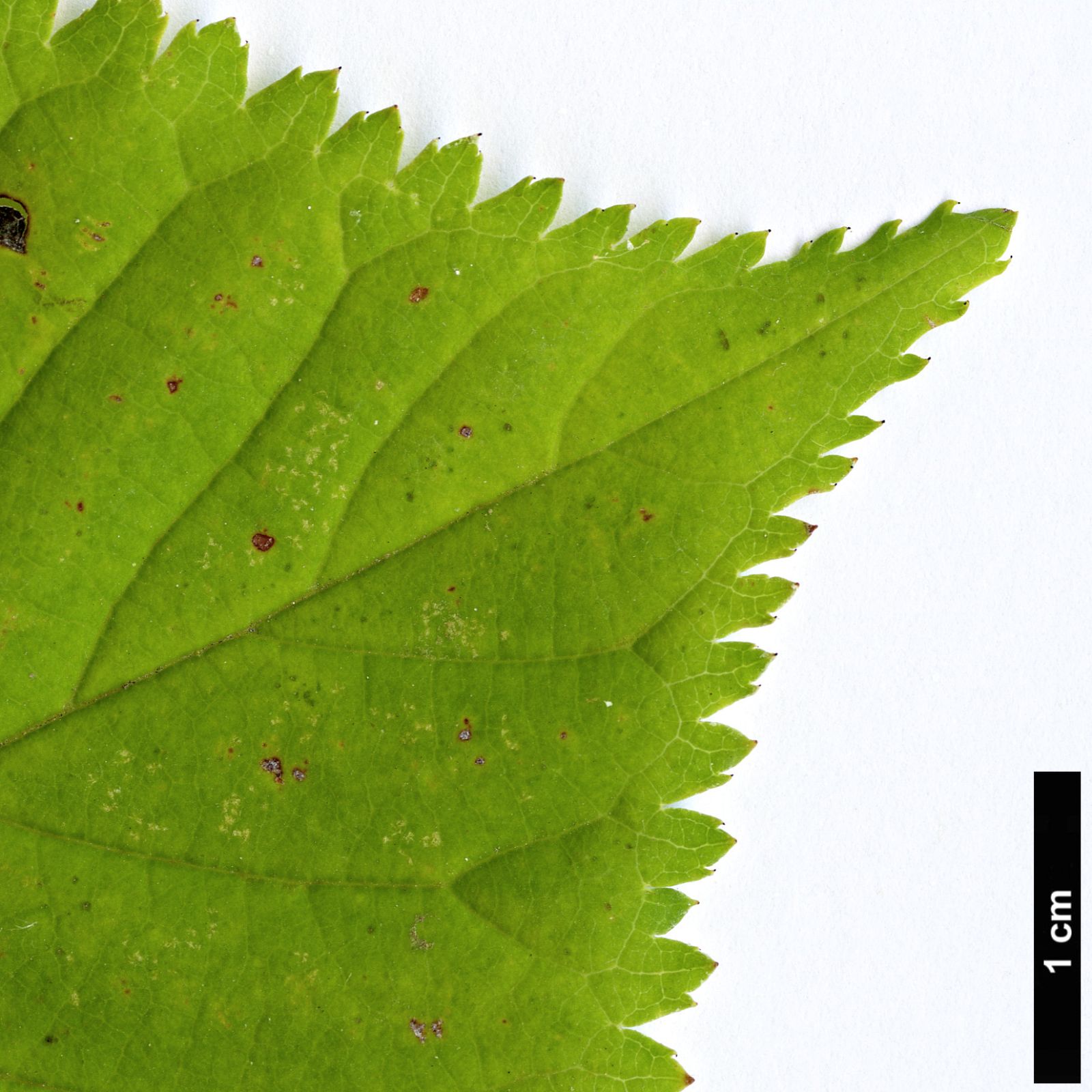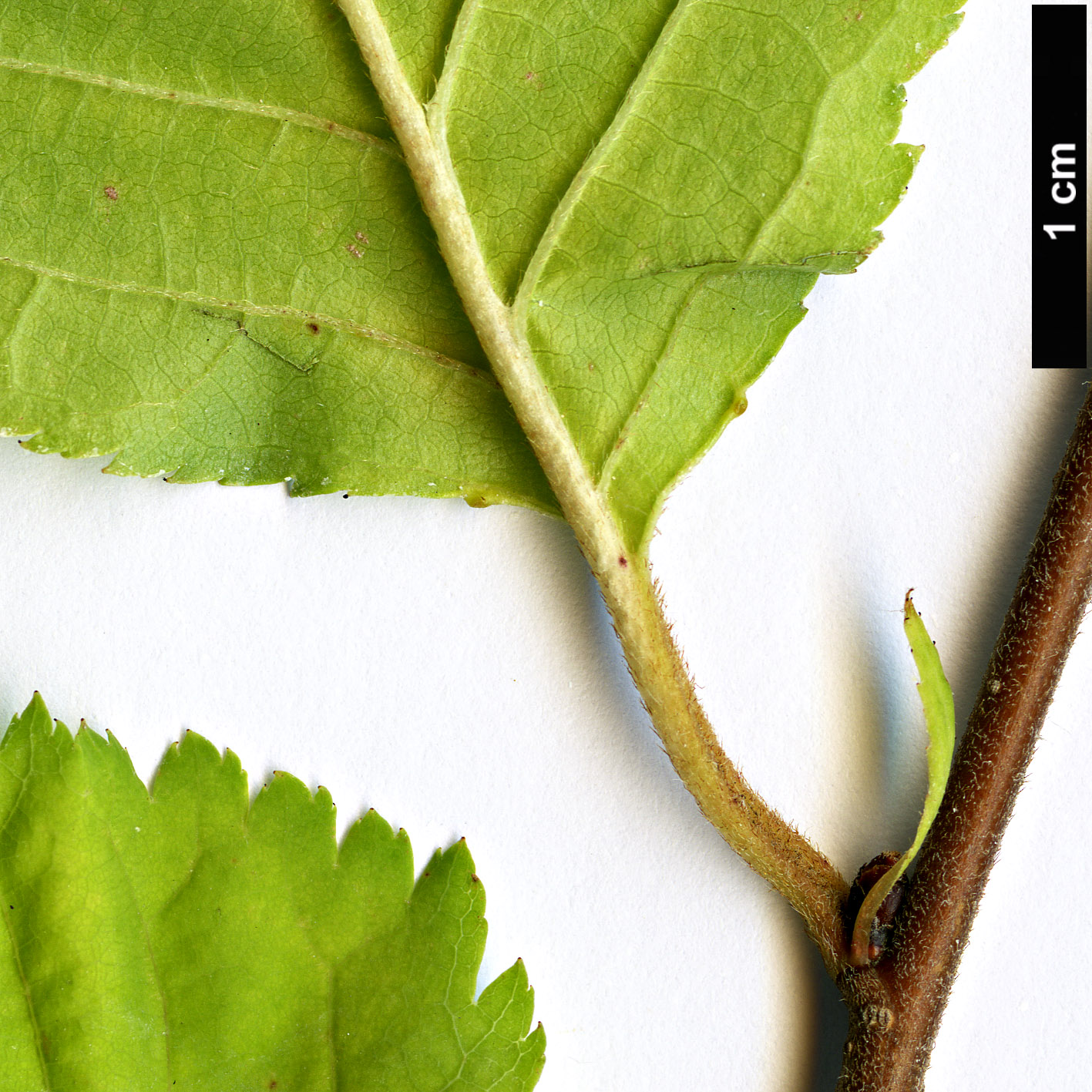Prunus maximowiczii
Credits
Article from Bean's Trees and Shrubs Hardy in the British Isles
Recommended citation
'Prunus maximowiczii' from the website Trees and Shrubs Online (treesandshrubsonline.
Genus
Other taxa in genus
- Prunus alleghaniensis
- Prunus americana
- Prunus × amygdalo-persica
- Prunus amygdalus
- Prunus angustifolia
- Prunus apetala
- Prunus arabica
- Prunus argentea
- Prunus armeniaca
- Prunus avium
- Prunus besseyi
- Prunus brigantina
- Prunus campanulata
- Prunus canescens
- Prunus cantabrigiensis
- Prunus cerasifera
- Prunus cerasus
- Prunus cocomilia
- Prunus concinna
- Prunus conradinae
- Prunus consociiflora
- Prunus cornuta
- Prunus cuthbertii
- Prunus dasycarpa
- Prunus davidiana
- Prunus × dawyckensis
- Prunus dielsiana
- Prunus domestica
- Prunus dulcis
- Prunus emarginata
- Prunus × fontanesiana
- Prunus fruticosa
- Prunus glandulosa
- Prunus grayana
- Prunus himalaica
- Prunus hortulana
- Prunus humilis
- Prunus ilicifolia
- Prunus incana
- Prunus incisa
- Prunus jacquemontii
- Prunus kansuensis
- Prunus lannesiana
- Prunus laurocerasus
- Prunus litigiosa
- Prunus lusitanica
- Prunus maackii
- Prunus mahaleb
- Prunus maritima
- Prunus microcarpa
- Prunus mira
- Prunus mugus
- Prunus mume
- Prunus nigra
- Prunus nipponica
- Prunus orthosepala
- Prunus padus
- Prunus pensylvanica
- Prunus persica
- Prunus pilosiuscula
- Prunus prostrata
- Prunus pumila
- Prunus rufa
- Prunus salicina
- Prunus sargentii
- Prunus serotina
- Prunus serrula
- Prunus serrulata
- Prunus sibirica
- Prunus × sieboldii
- Prunus simonii
- Prunus sogdiana
- Prunus speciosa
- Prunus spinosa
- Prunus ssiori
- Prunus subcordata
- Prunus subhirtella
- Prunus takesimensis
- Prunus tangutica
- Prunus tenella
- Prunus tomentosa
- Prunus triloba
- Prunus virginiana
- Prunus × yedoensis
A deciduous tree up to 20 or 50 ft high, with a slender trunk; branchlets downy, the down persisting through the first winter. Leaves ovate or oval, pointed, rounded to cuneate at the base, 11⁄2 to 3 in. long, 3⁄4 to 11⁄4 in. wide, doubly toothed, downy on the midrib and veins beneath, and with scattered hairs above; stalk 1⁄3 to 1⁄2 in. long, downy. Flowers rather dull yellowish white, about 5⁄8 in. across, produced in mid-May on stalked racemes 2 to 31⁄2 in. long, remarkable for the large leaf-like bracts with which they are furnished; from six to ten flowers occur on a raceme, each flower on a downy stalk 1⁄2 to 3⁄4 in. long calyx hairy, with pointed, toothed lobes. Fruits globose, 1⁄6 in. wide, shining, at first red, then black; ripe in August.
Native of Korea, Manchuria, and Japan; introduced by Sargent to the United States in 1892, and by him sent to Kew in 1895. The tree is interesting and very distinct among cherries because of the conspicuous bracts on the inflorescence, which remain until the fruit is ripe; but neither in flower nor fruit is it particularly attractive as cherries go. It is very hardy. In autumn it turns a brilliant scarlet both in Japan and N. America, but in this country the colouring is not so striking.

